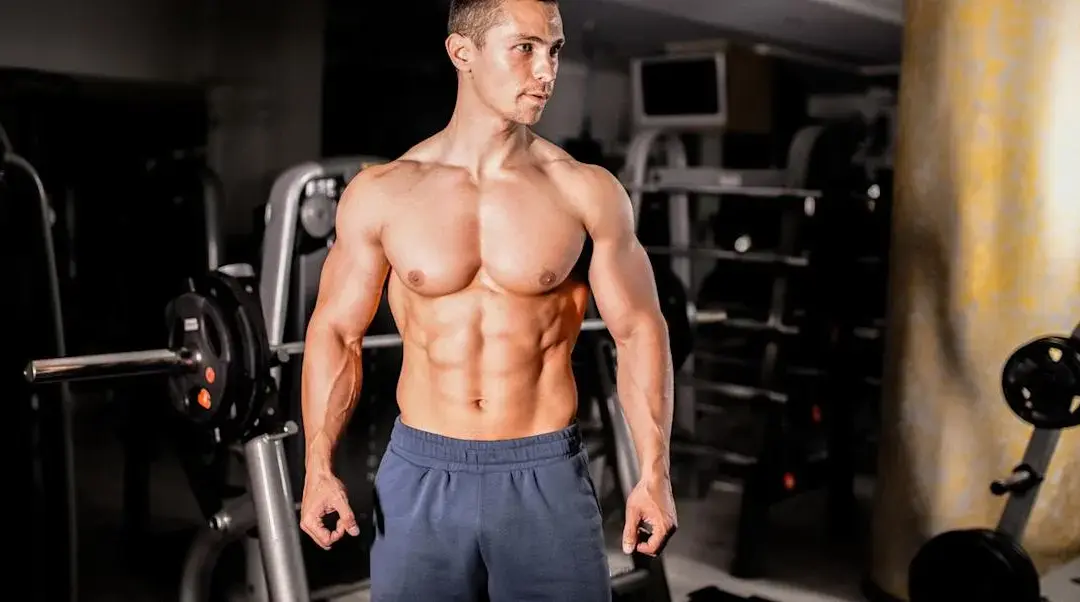Introduction: Why Your Front Side Deserves More Attention
Let’s face it — most people only start thinking about muscles when something starts to hurt. But here’s the truth: your body is a team, and one of its MVPs is a group of muscles called the anterior chain.
If you’ve been dealing with nagging hip pain, poor posture, or tight quads that never seem to let go, your anterior chain might be trying to tell you something. At Accelerate Therapy & Performance, we often meet clients who’ve trained hard, stretched occasionally, and still can’t figure out why their body feels off. In many cases, the answer lies right in front of them — literally.
Let’s break it all down: what the anterior chain is, how it affects your movement, what causes issues, and — most importantly — what you can do to feel better, move better, and stay ahead of injury.
Understanding the Anterior Chain
The anterior chain refers to the muscles on the front (anterior) side of your body. It plays a massive role in nearly every movement you make — from walking and running to standing upright and lifting your arms.
Some of the key muscles in the anterior chain include:
- Quadriceps (front of thighs)
- Hip flexors
- Rectus abdominis (your “six-pack” abs)
- Obliques
- Pectorals (chest muscles)
- Anterior deltoids (front shoulder muscles)
- Tibialis anterior (front of your shin)
Each of these muscles contributes to core stability, postural control, and dynamic movement. Whether you’re a competitive athlete or just want to move pain-free, a balanced anterior chain is crucial.
When these muscles become too tight, weak, or overused (yes, it happens more than you think), it can lead to a cascade of problems. Think low back pain, knee tracking issues, or even neck stiffness.
Common Causes of Anterior Chain Dysfunction
So what throws the anterior chain out of balance? More often than not, it’s a combo of lifestyle, habits, and movement patterns. Here are some common contributors:
1. Sedentary Lifestyle
Spending hours sitting (especially at a desk) keeps your hip flexors in a shortened position, which leads to tightness and overcompensation elsewhere — like your low back.
2. Muscle Imbalances from Training
Many people focus more on the “mirror muscles” — chest and quads — and forget to train the backside (posterior chain). Over time, this creates imbalanced strength, making you more prone to injury and inefficient movement.
3. Injuries and Compensation Patterns
An old knee or ankle injury can cause you to adjust your walking, running, or lifting mechanics. This can shift load onto certain anterior muscles and cause strain.
4. Structural and Postural Issues
Conditions like anterior pelvic tilt, scoliosis, or forward head posture can create excessive strain on the anterior chain. You may not even notice it at first — until the pain sets in.
5. Nerve Irritation or Compression
In some cases, nerve-related pain (like femoral nerve entrapment) can stem from tightness or inflammation around anterior muscles. It may feel like radiating pain, numbness, or weakness.
Diagnosing Anterior Chain Problems: What to Watch For
You don’t need an MRI to start listening to your body. But there are signs that your anterior chain might not be firing on all cylinders.
Common symptoms to look for:
- Tightness in the front of hips or thighs
- Lower back discomfort, especially after sitting
- Poor posture (rounded shoulders, forward hips)
- Knee pain during lunges or squats
- Abdominal weakness or inability to engage core
- Muscle fatigue in the front of legs after minimal activity
If these symptoms sound familiar, it’s time to take a deeper look. At Accelerate Therapy & Performance, we use a mix of movement assessments, hands-on testing, and your medical history to understand what’s really going on.
There are also a few red flags that mean you should seek help ASAP:
- Sharp, shooting pain down the leg
- Numbness in the front of the thigh
- Visible muscle asymmetry
- Trouble standing or walking normally
If any of these apply to you, don’t wait — professional evaluation is critical.
Treatment Options for Anterior Chain Dysfunction
No two bodies are the same — and neither are treatment plans. That’s why we customize your care based on your specific needs. Still, most people with anterior chain issues benefit from a blend of the following:
1. Home Remedies and Self-Care
- Light stretching of the hip flexors, quads, and abs
- Foam rolling tight areas (just not directly on the low back!)
- Avoiding long periods of sitting without movement
- Gentle core activation (like dead bugs or pelvic tilts)
2. Physical Therapy
This is where real progress happens. At Accelerate, we use:
- Manual therapy to release tight tissue
- Movement re-education to fix faulty patterns
- Targeted strengthening of the anterior and posterior chains
- Neuromuscular re-training to restore balance and coordination
Our goal? Not just to get you pain-free, but to help you move with confidence.
3. Medical Intervention (When Needed)
In some cases, especially if there’s nerve involvement or severe structural issues, further interventions like injections or orthopedic consultations may be necessary. We can help guide you through that process.
Preventing Future Problems: How to Keep the Anterior Chain Happy
The best treatment is always prevention. Here’s how you can stay ahead of anterior chain problems before they show up:
Prioritize Balanced Training
Make sure your workouts don’t just hammer the front of your body. For every chest or quad day, do a back or glute day.
Take Stretch Breaks
Set a timer to move every 30-60 minutes, especially if you sit for work. Even simple hip openers or standing extensions can make a big difference.
Strengthen Your Core (The Right Way)
Crunches aren’t everything. Include exercises that teach your core to stabilize and resist movement — think planks, bird-dogs, and resisted rotations.
Focus on Posture
Your posture when standing, sitting, and even sleeping affects your anterior chain. A physical therapist can help assess your natural alignment and give you posture-friendly modifications.
Stay Body-Aware
If something starts to feel off, address it early. The body whispers before it screams — and listening early can save you from bigger problems down the road.
Ready to Move Better? Let’s Talk
If you’re tired of tight hips, nagging quad pain, or just feeling out of alignment — we’re here to help. At Accelerate Therapy & Performance, we specialize in uncovering the root cause of pain and restoring natural movement patterns.
Whether you’re an athlete, desk worker, weekend warrior, or just someone who wants to feel better, our team is ready to build a customized plan that works for you.
Don’t wait for the pain to take over. Let’s get you moving, strong, and pain-free — starting today.
Book your consultation now at our local clinic and discover what’s possible when your body works the way it’s meant to.



